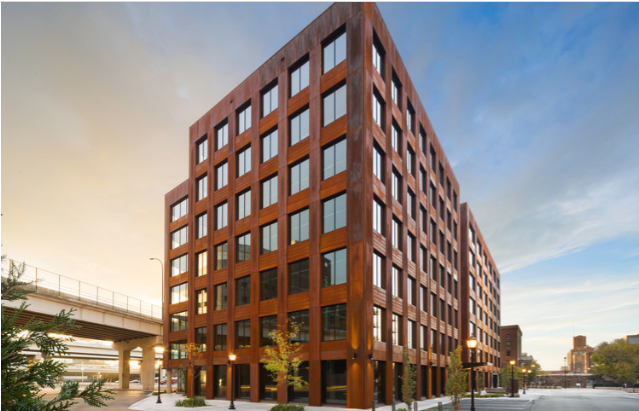The widespread impact of the COVID-19 pandemic has transformed the way people think about rental properties. Alternate use of hotels has grabbed due attention, and there is a growing trend of the hotel getting repurposed into affordable residential units. The conversion of hotels into multifamily housing units provides affordable residential opportunities for low and medium-income families. Who are these individuals? They are the workforce population. Since these people do not have the financial capacity and ability to rent luxurious apartments, they are dependent on governmental and private initiatives to cope with the changing trend.
ü A look at demographics
The workforce population serving the community in different capacities does not have adequate resources and is the worst hit by the pandemic. The demographics include lower-income families, young professionals, homeless persons, and senior individuals living on a fixed income. These individuals form the support of society. Hotel conversion is the only way to grab a proper shelter near their job location, believes Maxwell Drever. Vacant properties can also be transferred into residential apartments to ensure a decent living for these individuals.
ü Play with the numbers
The workforce population has an area median income of 60 to 120%. Hence, these individuals serve society as firefighters, police officers, nurses, teachers, and construction workers. They had a hard time getting lodging close to their services and employment because the supply of affordable housing was short. Most reasonable accommodations were built for families falling within this range. These individuals cannot pay more than 30% of their income on paying rent and are thus the worst hit.
Read also : SW418 .
ü The proactive role of hotel owners
Pandemic-driven businesses like travel and tourism and the hospitality sector struggled to grab customers. It has considerably lessened their revenues and profit. Hence, these underperforming properties can get altered into the residential unit to get more cash and add to their resources. If you gaze at hospitality analytics, you will see that hotel occupancy has reduced by 26%. Over the years, this percentage is only increasing. Hence, to help these vacant properties grab the best profit, conversion into the residential unit is the only option.
A detailed assessment of the property and its repair and rectification are necessary. However, it is not a one-day activity. As stressed by Maxwell Drever, collaboration with professionals and working on a blueprint are essential. If the hotel owners want to get back to the pre-pandemic days, they have to upgrade their hotels into residential properties.
Conversion of hotels is one of the most excellent strategies for developing the workforce. Various state and federal governments have, time and again, come up with housing policies and programs. These provide an impetus to the hotel owners and private players. They can also take the help of grants and initiatives from the government.
Remember that sufficient expertise is required to undertake these projects and avoid challenges. Hence, for determining the feasibility of hotel conversion, navigation of the zoning policies, building codes, and other legalities is vital.
Read also: avple










